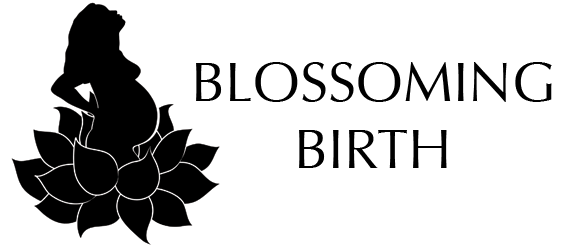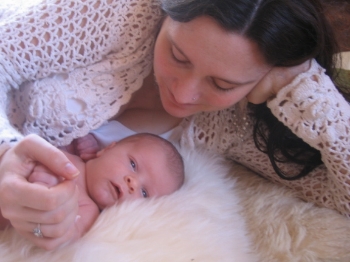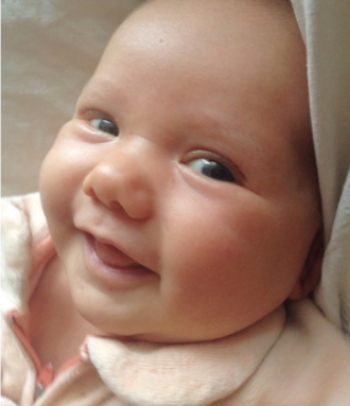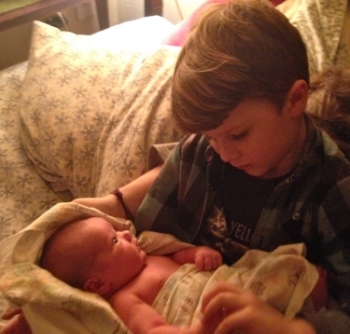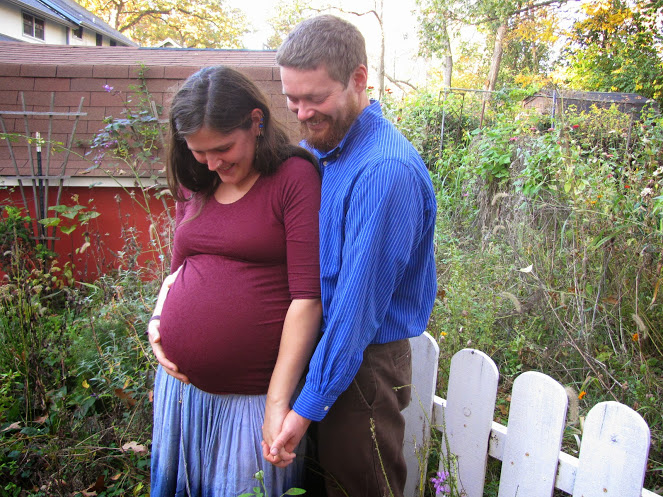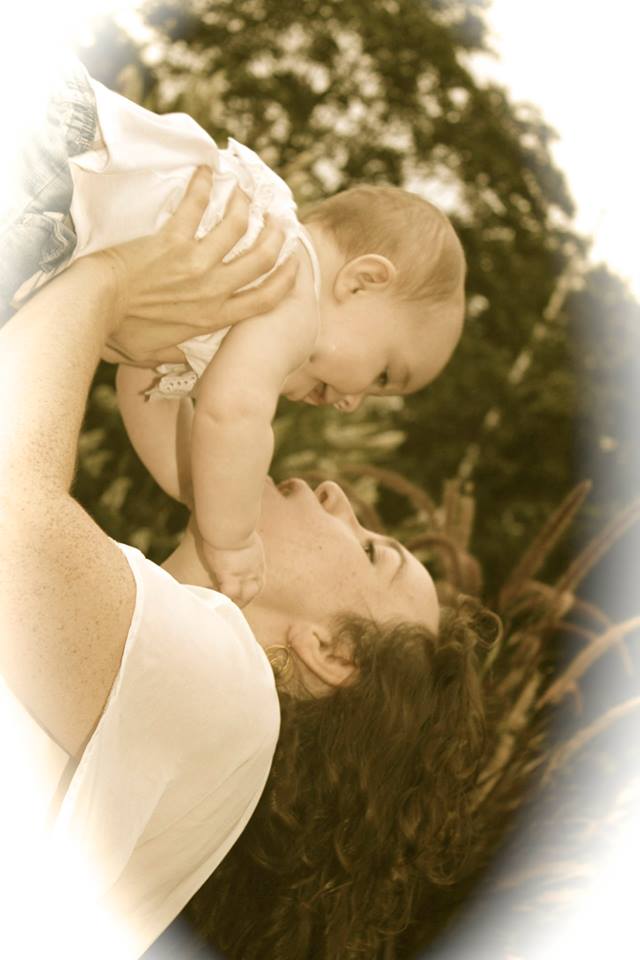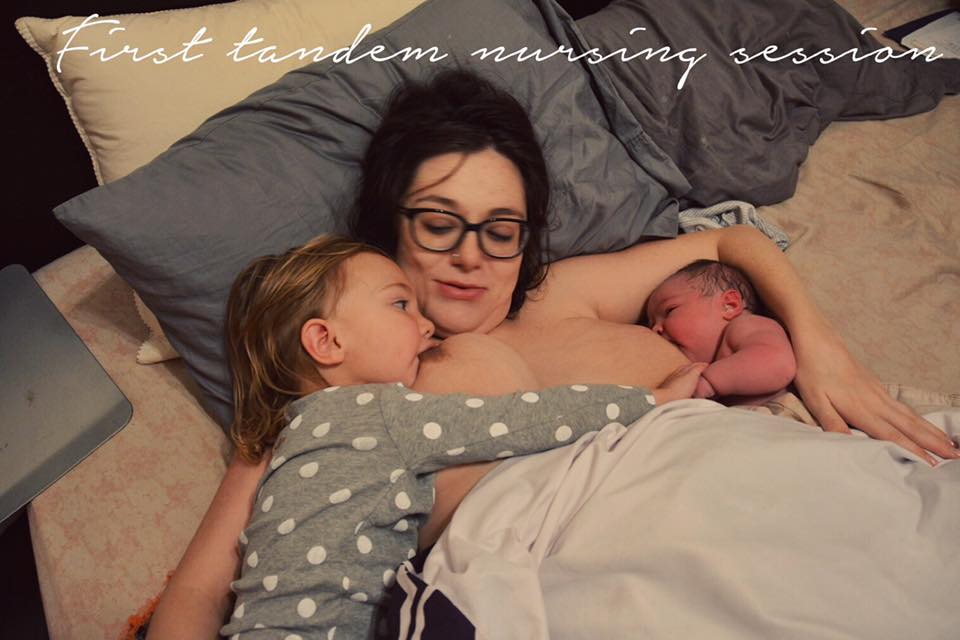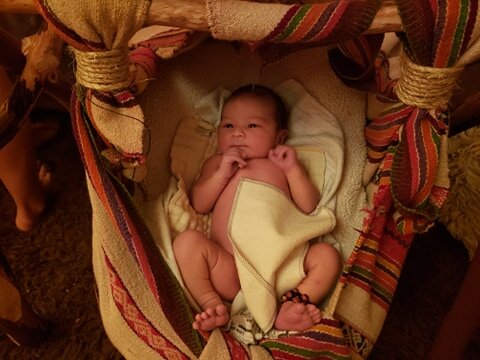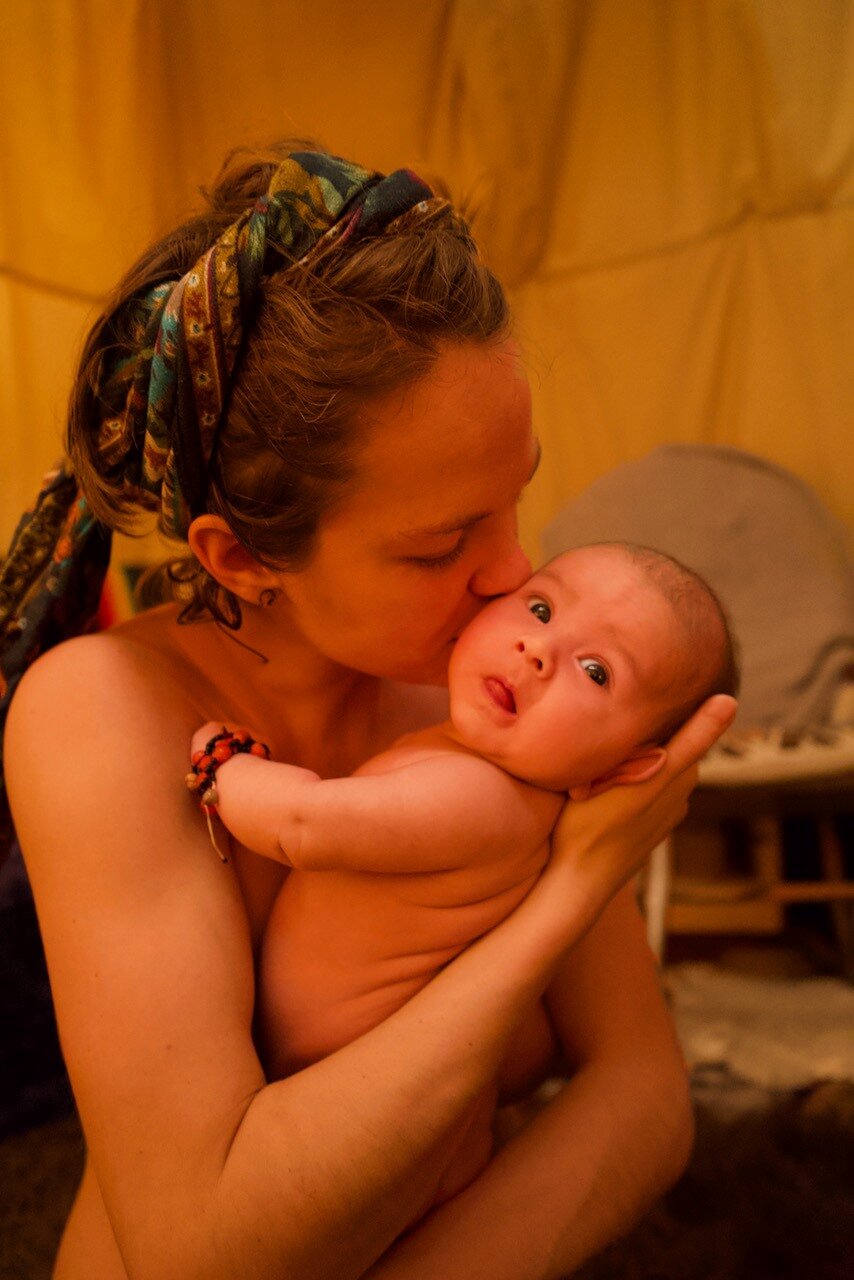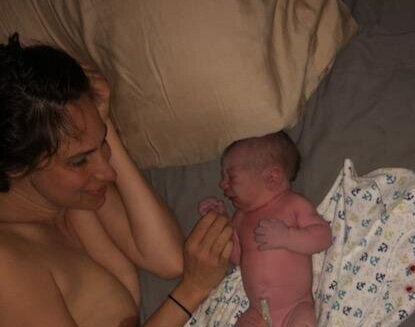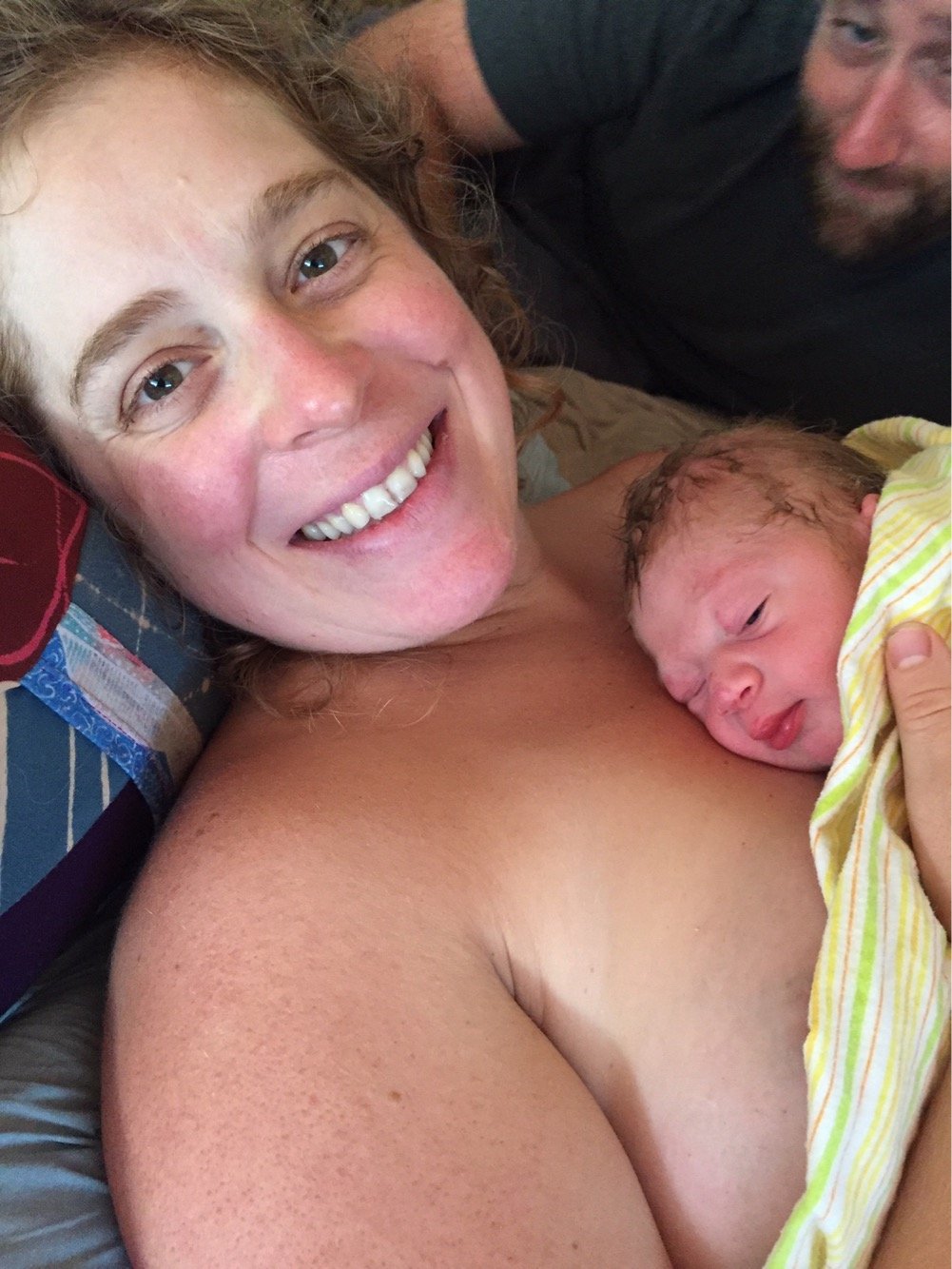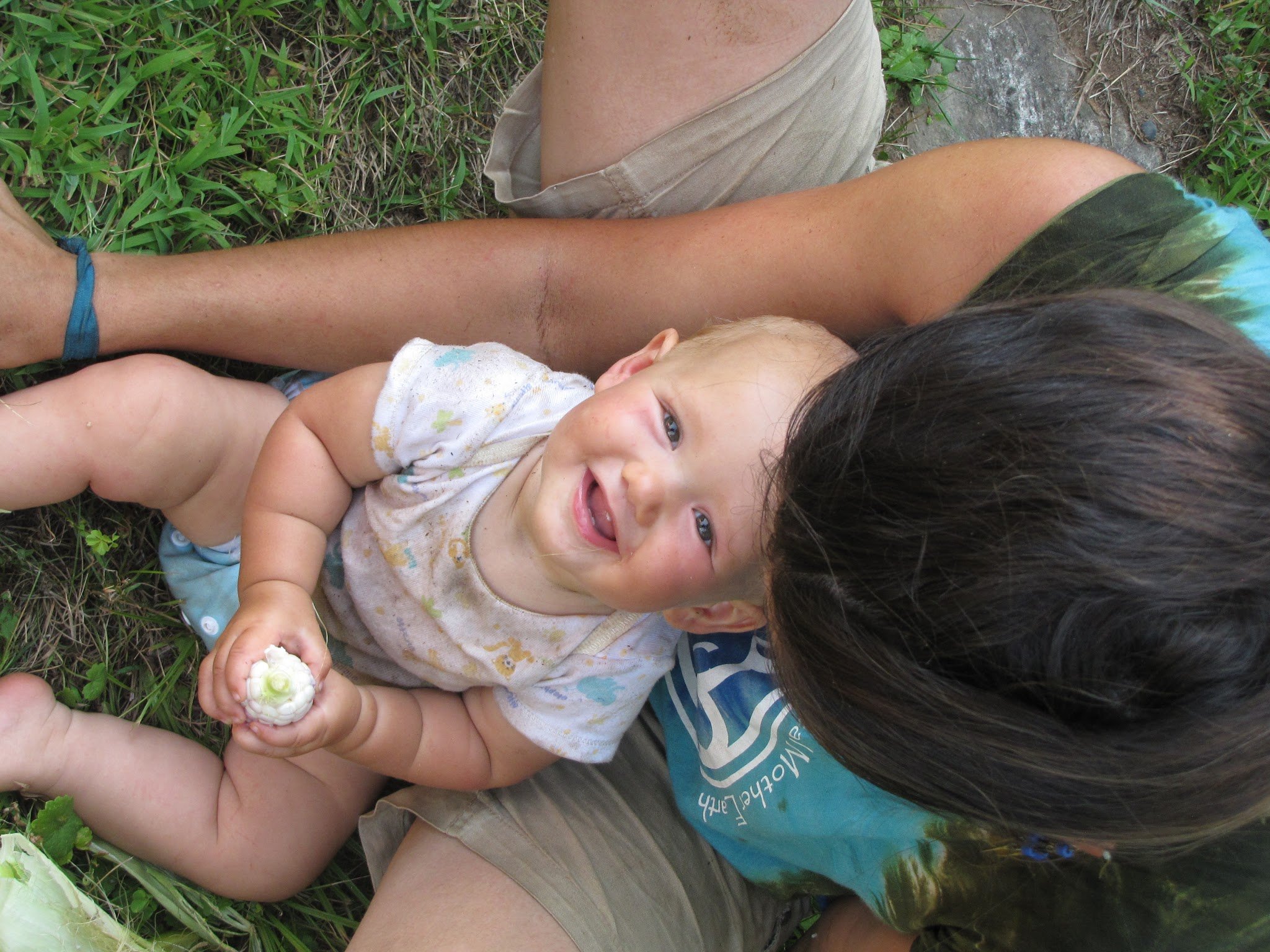3/3 succesful VBACs!
/Wow, I have amazing clients! I am so grateful to serve as a midwife in my community. This year I have had three moms with a prior cesarean section join my care. These courageous healthy women wanted to make their own choices and have a different birth story this time around. I’m happy to report that all three had successful vaginal births after cesarean (VBACs)! I am proud and so happy for these moms and babies. Of course having healthy safe outcomes is more important than route of delivery, but when a VBAC is a safe choice it can be empowering and victorious. What a joy and honor it’s been to witness these moms giving birth! I have a special place in my heart for VBAC moms.
My love of VBACs began when I was an apprentice with Madrona Bourdeau in Portland. I went to a number of VBACs in this early training, and I really came to appreciate the courage and beauty of mothers who choose to try for a vaginal birth at home after a cesarean. While not every attempted VBAC is successful, the attempt is an act of courage, dedication and love.
The World Health Organization suggests an ideal cesarean rate of 10-15%. In our country, around 32% of babies are born by cesarean section. Sadly this high cesarean rate comes with consequences. Babies born by cesarean section are shown to have negative longterm effects, such as decreased immune function and increased risk of childhood diabetes, asthma, obesity and autism spectrum disorders. Repeat cesareans are sometimes the right choice, but I find it appalling that many mothers are not even given a choice. Far too many care providers don’t offer VBACs and instead just schedule repeat cesareans. Even when moms are given a choice, it is often accompanied by scary one sided statistics. This is not real informed choice.
In 2021, the VBAC rate in the United States rose to a whopping 14.2%. This would imply that VBACs are either incredibly difficult or extremely risky. While VBAC’s can be hard, most (around 70%) of folks who attempt them are successful. VBAC’s do slightly increase the risk of several serious complications, mainly uterine rupture and the placenta growing into the previous uterine scar. While these risks are real, they are still quite low (the risk of uterine rupture with VBAC is 0.47%, and avoiding labor induction further reduces this risk.) And the risks of a repeat cesarean are real as well. In fact, the risk of maternal death is higher with an elected cesarean than it is with a VBAC. If a mother wants to have more children in the future, a VBAC can also avoid the risks associated with multiple cesareans. Evidence supports VBAC as a safe and doable choice. Mothers deserve to choose!
I am passionate about informed choice. Some things increase the risk of trying for a VBAC, such as labor induction. Other factors can reduce your risk, such as your scar location. Evidence Based Birth has a great VBAC page. The National Library of Medicine has a great research article on the affects of cesarean sections and another on the risks to mom and baby of attempted VBAC vs repeat cesarean. If you are unsure if VBAC (or any birth choice) is right for you, ask questions, do your research, and trust your intuition. The choice is yours!
Sources:
1 Słabuszewska-Jóźwiak, Aneta et al. “Pediatrics Consequences of Caesarean Section-A Systematic Review and Meta-Analysis.” International journal of environmental research and public health vol. 17,21 8031. 31 Oct. 2020, doi:10.3390/ijerph17218031
2 https://www.cdc.gov/nchs/data/databriefs/db442.pdf
3 https://www.mayoclinic.org/healthy-lifestyle/labor-and-delivery/in-depth/vbac/art-20044869
4 Cheng, Yvonne W et al. “Delivery after prior cesarean: maternal morbidity and mortality.” Clinics in perinatology vol. 38,2 (2011): 297-309. doi:10.1016/j.clp.2011.03.012
5 Evidence Based Birth. https://evidencebasedbirth.com/ebb-113-the-evidence-on-vbac/
